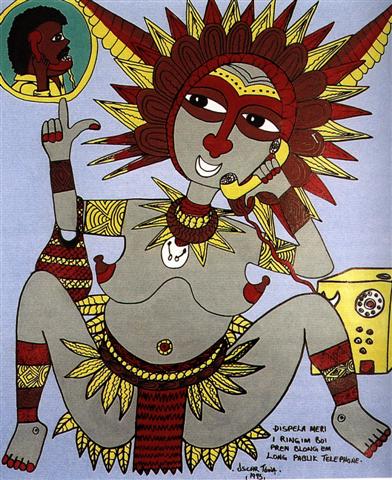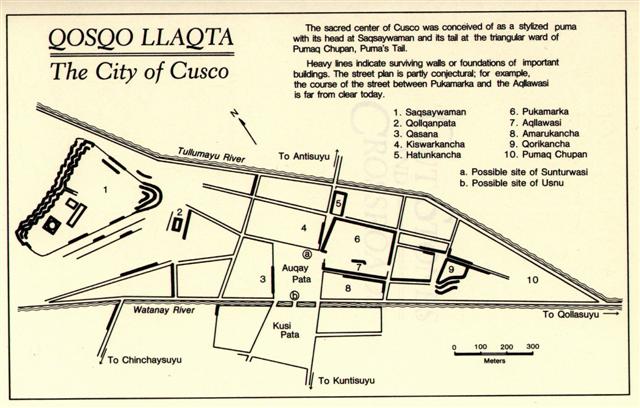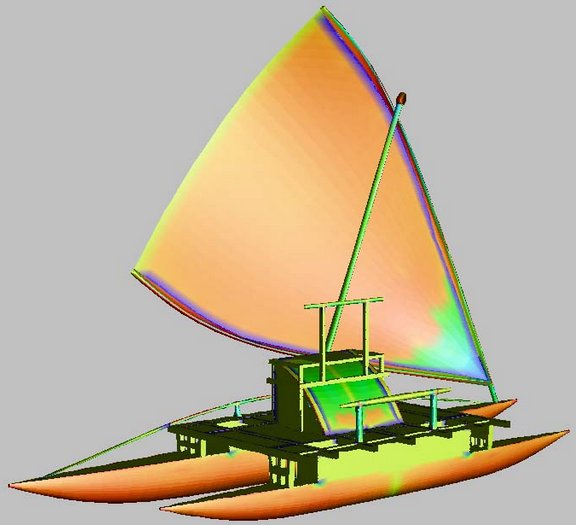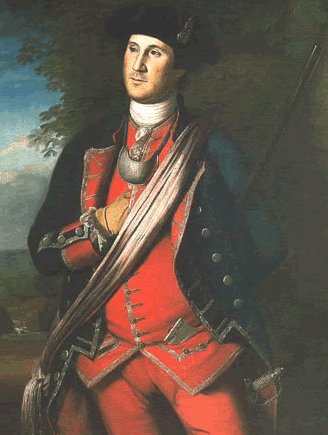2-4. From the Lord of Created Beings (→ π) to the
Girdle
(→ female) of the Lion we
can count (hia) *169 - *89 = *80 right ascension days.
Create, Cradle, Girdle, Girl.
|
Dec 17 |
18 |
19 |
 |
 |
 |
|
Cb3-13 (454 → 354 +
100) |
Cb3-14 (→ π) |
Cb3-15 (64) |
| manu
rere |
tagata
- hanau hia |
kiore -
henua |
|
Hanau. 1. Race, ethnic group.
Hanau eepe, the thick-set race; hanau momoko,
the slender race (these terms were mistranslated as
'long-ears' and 'short-ears'). 2. To be born. Hanau
tama, pregnant woman; vī'e hanau poki,
midwive (also: vī'e hakaa'u). Vanaga. To
be born; vie hanau, midwife. P Pau.: fanauga,
child, descendant, progeny. Mgv.: hanau, to be
born, to be brought into the world. Mq.: fanau,
hanau, to be born, to lie in, to bring into the
world. Ta.: fanau, to be born, to lie in.
Churchill.

...
The divine first appears
abstractly, as generative-spirit-in-itself. Only
after seven epochs of the po, the long night
of the world's self-generation, are the gods as such
born - as siblings to mankind. God and man appear
together, and in fraternal strife over the means of
their reproduction: their own older sister. Begun
in the eighth epoch of creation, this struggle makes
the transition to the succeeding ages
of the ao, the 'day' or
world known to man. Indeed the struggle is presented
as the condition of the possibility of human life in
a world in which the life-giving powers are divine.
The end of the eighth chant thus celebrates a
victory: 'Man spread about now, man was here now; /
It was day [ao].' And this victory gained
over the god is again analogous to the triumph
achieved annually over Lono at the New Year,
which effects the seasonal transition, as Hawaiians
note, from the time of long nights (po) to
the time of long days (ao).
The older sister
of god and man, La'ila'i, is the firstborn to
all the eras of previous creation. By Hawaiian
theory, as firstborn La'ila'i is the
legitimate heir to creation; while as woman she is
uniquely able to transform divine into human
life. The issue in her brothers' struggle to possess
her is accordingly cosmological in scope and
political in form. Described in certain genealogies
as twins, the first two
brothers are named simply in the chant as 'Ki'i,
a man' and 'Kane, a god'. But since Ki'i
means 'image' and Kane means 'man',
everything has already been said: the statues of god
and man are reversed by La'ila'i's
actions. She 'sits sideways', meaning she takes a
second husband, Ki'i, and her children by the
man Ki'i are born before her children by the
god Kane ... In the succeeding generations,
the victory of the human line is secured by the
repeated marriages of the sons of men to the
daughters of gods, to the extent that the descent of
the divine Kane is totally absorbed by the
heirs of Ki'i ...
|
|
Ardra-6 (The
Moist One)
/
ANA-VARU-8
(Pillar to sit by)
χ¹
Orionis,
ξ
Aurigae (88.1),
BETELGEUZE =
α
Orionis
(88.3),
ξ
Columbae (88.5),
σ
Columbae (88.7)
ZUBEN ELGENUBI (α Librae) |
η
Leporis (89.0),
PRAJA-PĀTI (Lord of Created Beings) =
δ
Aurigae,
MENKALINAN (Shoulder of the Rein-holder) =
β
Aurigae, MAHASHIM (Wrist) =
θ
Aurigae,
and
γ
Columbae (89.3),
π
Aurigae (89.4),
η
Columbae (89.7)
*48.0 = *89.4 - *41.4 |
μ Orionis (90.3), χ² Orionis (90.5) |
 |
|
*78 |
March 6 (431, 66) |
7 |
8 |
9 |
10
(70) |
 |
 |
 |
 |
 |
|
Cb6-27 |
Cb6-28 |
Cb6-29 (392 + 144) |
Cb7-1 |
Cb7-2
(146 → 2 * 73) |
| kua tupu te
kihikihi |
ku
kikiu |
te henua |
Te hokohuki |
te moko |
|
Kihikihi, lichen; also: grey, greenish grey,
ashen. Vanaga. Kihikihi, lichen T, stone T. Churchill.
The Hawaiian day was divided in three general
parts, like that of the early Greeks and Latins, - morning, noon,
and afternoon - Kakahi-aka, breaking the shadows, scil.
of night; Awakea, for Ao-akea, the plain full day; and
Auina-la, the decline of the day.
The lapse of the night, however, was noted by five stations, if I
may say so, and four intervals of time, viz.: (1.) Kihi, at 6
P.M., or about sunset; (2.) Pili, between sunset and
midnight; (3) Kau, indicating midnight; (4.) Pilipuka,
between midnight and surise, or about 3 A.M.; (5.) Kihipuka,
corresponding to sunrise, or about 6 A.M. ... (Fornander)

|
|
Al Zubrah-9 (Mane)
/
Purva Phalguni-11 (First Reddish One -
Fig Tree)
ZOSMA
(Girdle, not Belt) =
δ
Leonis
(169.2),
COXA
(Hips) = θ
Leonis (169.4)
*169.4 - *41.4 = *128.0 |
φ
Leonis (170.0),
ALULA
(First Spring of the Gazelle) =
ξ,
ν
Ursae Majoris
(170.5),
LABRUM =
δ
Crateris
(170.6) |
σ
Leonis (171.1),
λ
Crateris (171.6),
ι
Leonis,
ε
Crateris (171.9) |
γ
Crateris, π
Centauri (172.0),
κ
Crateris (172.5),
τ
Leonis (172.8)
GREDI (α
Capricorni) |
ο¹
Centauri (173.8) |
 |


... On the fifteenth day of the month of
October (tangaroa uri), Nonoma left the house [he ea
mai roto i te hare] during the night [i te po] to
urinate outdoors [ki kaho.mimi].

At this point Ira
called out [he rangi] to Nonoma, 'Look at the canoe!'
Nonoma ran [he tahuti], he quickly went to Te Hiringa
Heru (a ravine in the side of the crater Rano Kau) and looked
around. There he saw the double canoe way out near the
(offshore) islets [i te motu o haho], and the two (hulls
of the canoe) were lashed together ... [E:75]

... The
substitution of the sun for the sail, both of which are called
ra or raa in Polynesia, is a remarkable feature in
Easter Island art ...

As it so
happens I yesterday learned from a TV-program that the latter
part of the name of the great Turkish map maker
Piri Re'i meant Captain. There are 10
Rei
glyphs in the text on the E tablet.

|
















